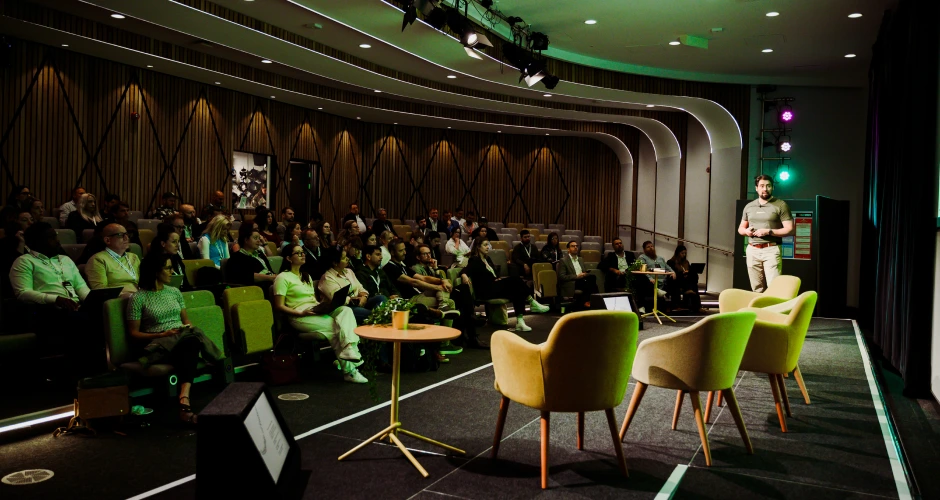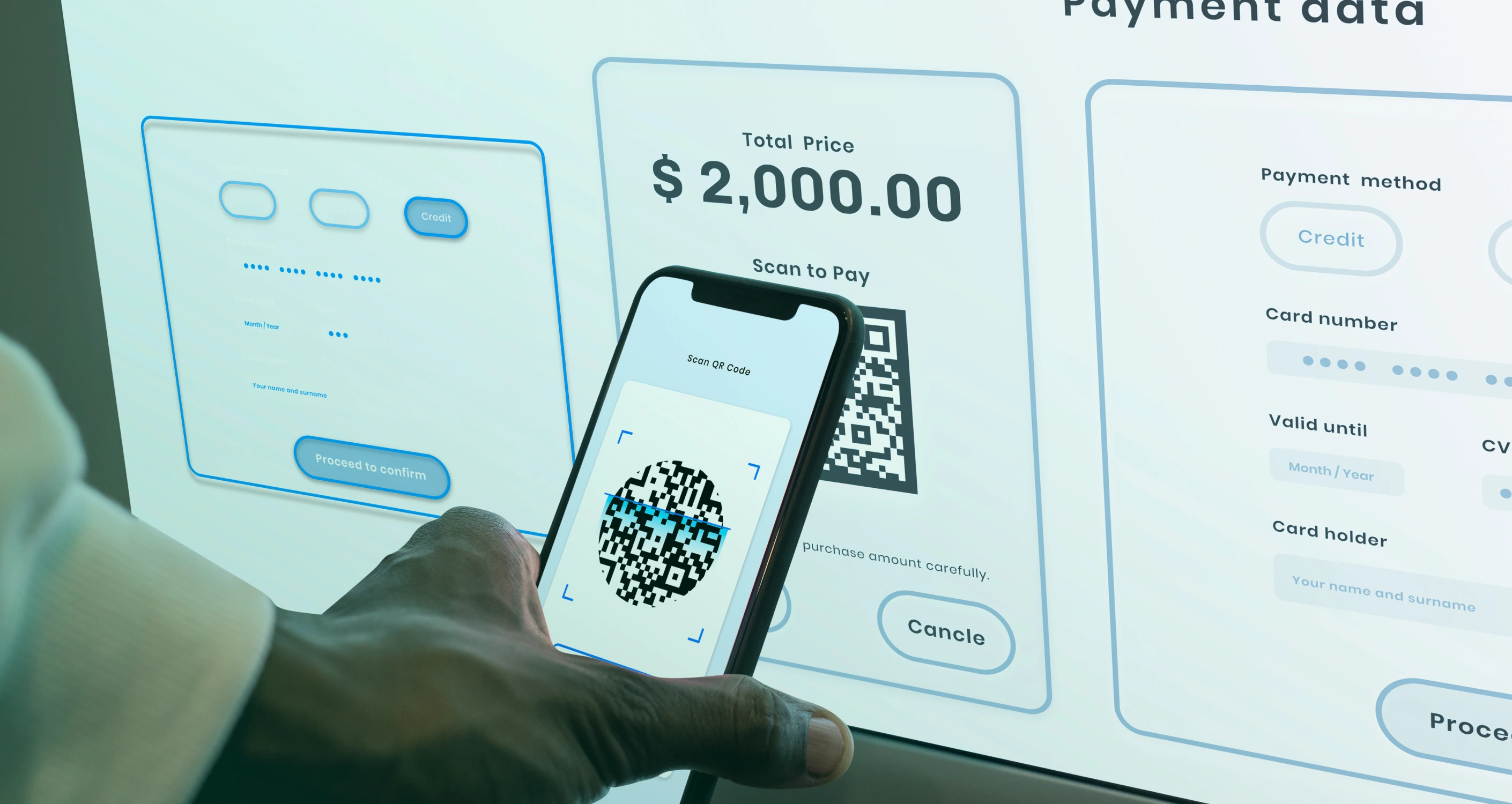In episode 8 of our "Tour Tech: Your 5 Weekly Takeaways to Tourism Success" podcast series, part of the EU-funded Tourbit project, we learn about digital product development and the importance of storytelling, including how AI can enable digital tour guides. This article outlines Camping Menina's collaboration with Go Giro and Hopguides, highlighting how AI-powered storytelling can bridge the gap between traditional tourism experiences and the needs of modern travellers.
Power of Digitalisation
Urša Fürst, CEO of Camping Menina, emphasises the contrast between digitalisation and the importance of personal connections in tourism. However, she also strongly advocates for the opportunities digitalisation presents in overcoming challenges faced by the industry and how when used correctly, technology can improve workflows and support the development of new visitor experiences. Urša outlines how Camping Menina is always innovating and aims to implement a new initiative every year; something that is key to obtaining repeat visits.
Klemen Furlan, CEO of Go Giro and Hopguides, also sees how digitalisation can support personal interactions, facilitating faster access to information and alleviating pressure on hotel receptionists. He emphasises the importance of listening to guest feedback and highlights how welcome videos can support visitors by sharing information about the services available at the accommodation or in the wider destination.
Developing Digital Tours
Urša describes Camping Menina's ambition to bring the whole community together, emphasising the power of locals in enabling tourists to have exceptional experiences. She outlines the various challenges faced by the campsite, in particular the lack of marked bike paths in the surrounding valley. This makes it difficult for guests, particularly Dutch cyclists accustomed to well-maintained routes, to navigate the area safely and explore the best locations. Additionally, it’s hard for young children to engage with guided tours, especially with language barriers.
Klemen explains how digital, self-guided tours using AI and storytelling can be an effective solution. These tours can be accessed through an app and eliminate the need for a physical guide, with the ability for visitors to start the experience at any time. The unique features of these tours include:
- Safe Routes: Hopguides works with tourism providers to identify safe and scenic routes suitable for different target audiences (e.g., families & young couples), with routes saved as a GPX file in the app.
- Offline Accessibility: Downloaded tours ensure guests have access to information, even in areas with low mobile coverage.
- Multilingual Narration: Text-to-speech functionality allows tours to be narrated in various languages.
- Battery chargers: Phone holders on bikes are equipped with chargers so that tourists do not lose battery during the experience.
Klemen explains how tours can be sold in different ways, from the reception or accommodation website to third-party experience providers, with online sales giving visitors a QR code that will enable them to unlock the digital guide. This makes it simple and convenient for visitors to access the service, with no registration required.
Using a Software-as-a-Service (SaaS) model, the creation of a new digital product can be linked to a license, where the cost is only a small percentage of the product. Meanwhile, the content created by Hopguides enters into the ownership of the accommodation provider. The benefits of investing in new digital products for tourism operators include:
- 24/7 Availability: Digital tours are available to guests anytime, extending the product offering.
- Low-Cost Product: AI-powered tours enable resiliency in tourism services, facilitating low-cost tours to be delivered in off-peak seasons or less developed tourist regions, with digital tools providing a suitable alternative to the lack of available guides.
- Increased Revenue: Digital tours can be offered as standalone products or bundled with other services, such as meals at restaurants or museum visits.
- Multilingual Marketing: The tours can be easily translated into various languages, broadening the target audience.
The Power of Storytelling
Both Urša and Klemen emphasise the importance of storytelling in the tourism experience. Guests benefit from historical insights, local legends and points of interest highlighted during the tour, where tips and stories from locals strongly enrich the experience beyond just outdoor adventures.
Using AI enables each tour to be developed more effectively, given the repetitive nature of curating experiences. The initial proposal is then discussed and modified until the perfect trip has been developed. Following this, tours are then translated into multiple languages to maximise guest engagement and satisfaction. Klemen details Hopguides' use of AI in three main ways:
- Story Generation: AI helps create draft stories and ideas for potential tours, which are then refined in collaboration with tourism providers.
- Text-to-Speech: AI transforms written text into natural-sounding narration for tours in multiple languages.
- Character Development: AI can assist in creating digital mascots or characters that represent the tourism provider and narrate the tours.
Urša outlines how providing entertainment for families is essential for improving visitor experiences. She explains how Camping Menina has a small storybook outlining all the activities that can be undertaken at the campsite and in the Upper Savinja Valley, using gamification techniques to encourage the completion of these activities. Urša explains how in the future, digitalisation can help to animate the story with a mascot, incorporating the products into the video.
A Sustainable Approach
On holiday, people tend to relax and forget about being environmentally responsible, such as recycling. While emails and videos are used to try to remind visitors to follow the same behaviours they would undertake at home, Camping Menina also has plans to use QR codes or screens around the campsite to reinforce this message.
Klemen highlights how such an approach has been used in one of his past projects, where animated stories can strengthen communication by educating visitors on proper waste disposal and encourage environmentally conscious behaviour among guests. This is especially true when in an area of outstanding beauty where visitors understand the importance of keeping the surroundings in pristine condition. He also states that the combination of 2D stickers and posters with QR codes providing more information can be a very effective technique.
Key Takeaways
Digitalisation solves problems faced by the hospitality sector. Despite initial reluctance to technological solutions due to the importance of human interactions in tourism, there is a need to embrace digital solutions to automate repetitive tasks, improve workflows, create opportunities for new products and enhance visitor experiences through innovative solutions. Such an approach is epitomised by Camping Menina, which aspires to develop a new digital solution and enhance experiences on an annual basis.
Through tech-driven ancillary services and products, accommodation providers can supplement their revenue through complementary activities. For example, digital guides can help to tell local stories and share the best routes for seeing the destination's natural beauty and culture, enabling visitors to explore at their own pace without the need for a tour guide. These can be sold through multiple channels, both in-person at the accommodation or online, with QR codes a simple tool to confirm digital bookings. Similarly compiling multiple products together in a package, such as a tour, museum and restaurant experience provides further opportunities for maximising the value of services provided to visitors.
Storytelling is an essential component of enriching experiences, especially in terms of providing context about the places visited and their importance to locals. Storytelling also helps entertain young children, enabling families to have a more enjoyable trip. This can be supported through AI to generate ideas, create characters and importantly transform text into speech and facilitate translation into multiple languages. Similarly, through animated videos, topics such as being a responsible traveller can be reiterated in a fun and friendly manner, providing regular reinforcement of expected visitor behaviour.
Here are the five key takeaways:
- Technology is an enabler, where the traditional tourism model can be turned on its head by offering exclusive digital experiences.
- When you add local knowledge and attractions to the overall experience, it can significantly elevate the experience from just a digital interaction to a more meaningful and engaging digital experience.
- Digital reminders, alongside other purpose-driven interactions, can be a key tool in encouraging visitors to make positive choices and helping communication around environmental responsibility.
- AI offers personalised digital experiences through storytelling, uniquely created characters and content adaptation, which can significantly increase engagement.
- Seasonality significantly impacts business performance, yet digital experiences are always available to be experienced directly when visitors seek them. This means a more scalable, accessible and feasible approach as a business proposition.
The podcast is part of the Tourbit project, co-funded by the EU's COSME programme, with the support of the Catalan Tourist Board, Barcelona Chamber of Commerce, Paris&Co, Arctur Doo, Hub Brussels, Iceland Tourism Cluster, Lapland University of Applied Sciences and NEST - Tourism Innovation Center.




.svg)





.jpg)

.webp)







.webp)
